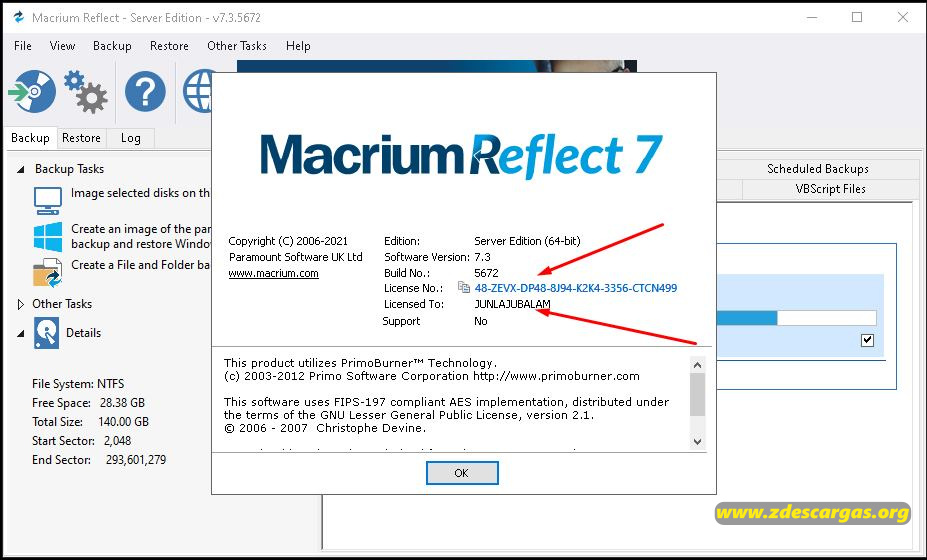
Group A can use Windows Update to get everything they need. Group A (apply all of the offered patches) or Group W (don’t ever patch) are the easiest to join, but Group W is vulnerable to all sorts of problems.
Group W: Those stalwarts who will take their chances and don’t want to install any new patches, whether they fix security holes or not. Group B: Those who don’t want any more snooping than necessary and don’t care about improvements like daylight saving time zone changes, but do want to keep applying security patches. Group A: Those who are willing to take all of Microsoft’s new telemetry systems, along with potentially useful nonsecurity updates. I detail the three main patching choices in “ How to prepare for the Windows 7/8.1 ‘patchocalypse.’” Long story short, Win7 patches align with three major groups: That gave rise to two patching strategies and a “no patch for me, please” option. Starting in October 2016, Microsoft changed the way it distributes patches to accommodate individuals and organizations that only want security updates, and not other patches that may affect how much information is collected and sent to Microsoft. The method for bringing your Win7 up to speed and keeping it going for the duration depends on how much information you’re willing to share with Microsoft about your system, software, and activities. They may use the information to improve how their products run with Microsoft software. We may also share it with others, such as hardware and software vendors. Microsoft may use the computer information, accelerator information, search suggestions information, error reports, and Malware reports to improve our software and services. If you’re concerned about Microsoft’s “telemetry,” the fact is that you agreed to a certain level of snooping when you consented to the license agreement for Windows 7: or at least until you throw it in the trash and buy a new one.īefore you back up your machine, make sure it’s in top shape. If you go about it in an organized manner, your machine should last forever. From that point, you should patch judiciously, use incremental backups scrupulously, and tend to the maintenance jobs that you’ve no doubt neglected. The key, as you might expect, is to stow away a solid “ground zero” full backup. Whatever your reasons for remaining with Win7, there are steps you can take right now to ensure Win7 keeps working - at least until Microsoft pulls the plug on security patches, on Jan. 
Your reasons for staying with Win7 may range from mere convenience to mental inertia to an abject fear of the Win10 info borg.

Twice as many people use Win7 as use Win10, even after 18 months of Microsoft pressure to get you to give up Win7 and jump to the shiny new version as your operating system of choice. If Windows 7 represents peak Windows for you, you’re not alone.






 0 kommentar(er)
0 kommentar(er)
